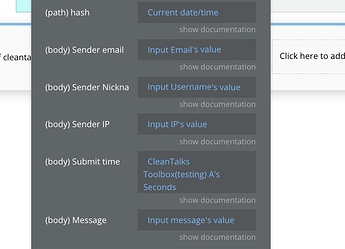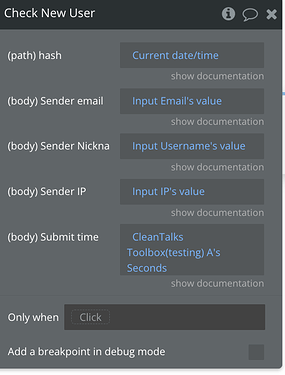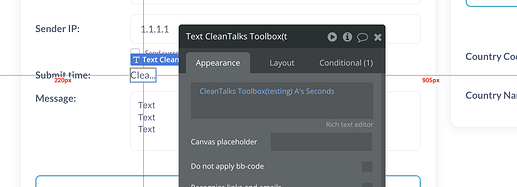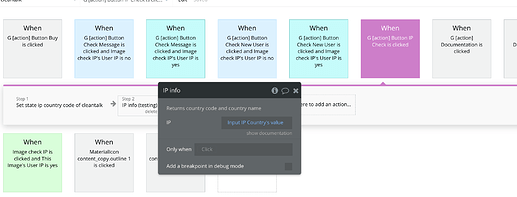It should not surprise you, as you are probably aware, that spam is a problem needing resolution when your app incorporates functionalities or content submitted by users. You can assist load and keep your app’s content pretty clean without any additional manual filtering by embedding spam detection within the app. Here’s a tool to help set up an automated solution. Below are some preventative actions that can be adopted to address common spam-related problems.
Challenge 1: Preventing spam in user messages
Users will always submit messages along with submissions and when this happens there is always the possibility that spam messages can be present which brings disruptions in user experience and more so will require a lot of moderation.
Solution:
You can set up a “Check Message” action that automatically reviews each submission for signs of spam. Configure fields like Sender Email, IP Address, and Message Content to be passed through a spam-checking API. This way, each message is assessed before it appears publicly, reducing unwanted content in your app.
Challenge 2: Filtering new user registrations for spam
New bots usually try to register as new users. As a result, they fill your users’ goal with spam.
Solution:
To mitigate this, use the “Check New User” action. By capturing user data such as email and IP during the registration process, you can validate new users for potential spam before adding them to your database. This helps keep your user base authentic and minimizes spam.
Challenge 3: Recording submission times
Sometimes, spam bots submit forms very quickly, which can be an indicator of non-human activity.
Solution:
Record the duration taken to complete the form using the visible “Seconds” state. For example, if a submission is made in less than expected time, you may examine that case more closely. Automated time tracking of form submissions can assist you in the detection and mitigation of bot activity.
Challenge 4: Storing and using IP info
Knowing the user’s IP address can be valuable for recognizing patterns of suspicious activity, such as repeated submissions from the same address.
Solution:
Use the user’s IP to cross-reference with previous submissions or even block certain IPs if needed. This helps reduce spam by identifying potential repeat offenders.
If you have any questions, just ask—happy to help!




